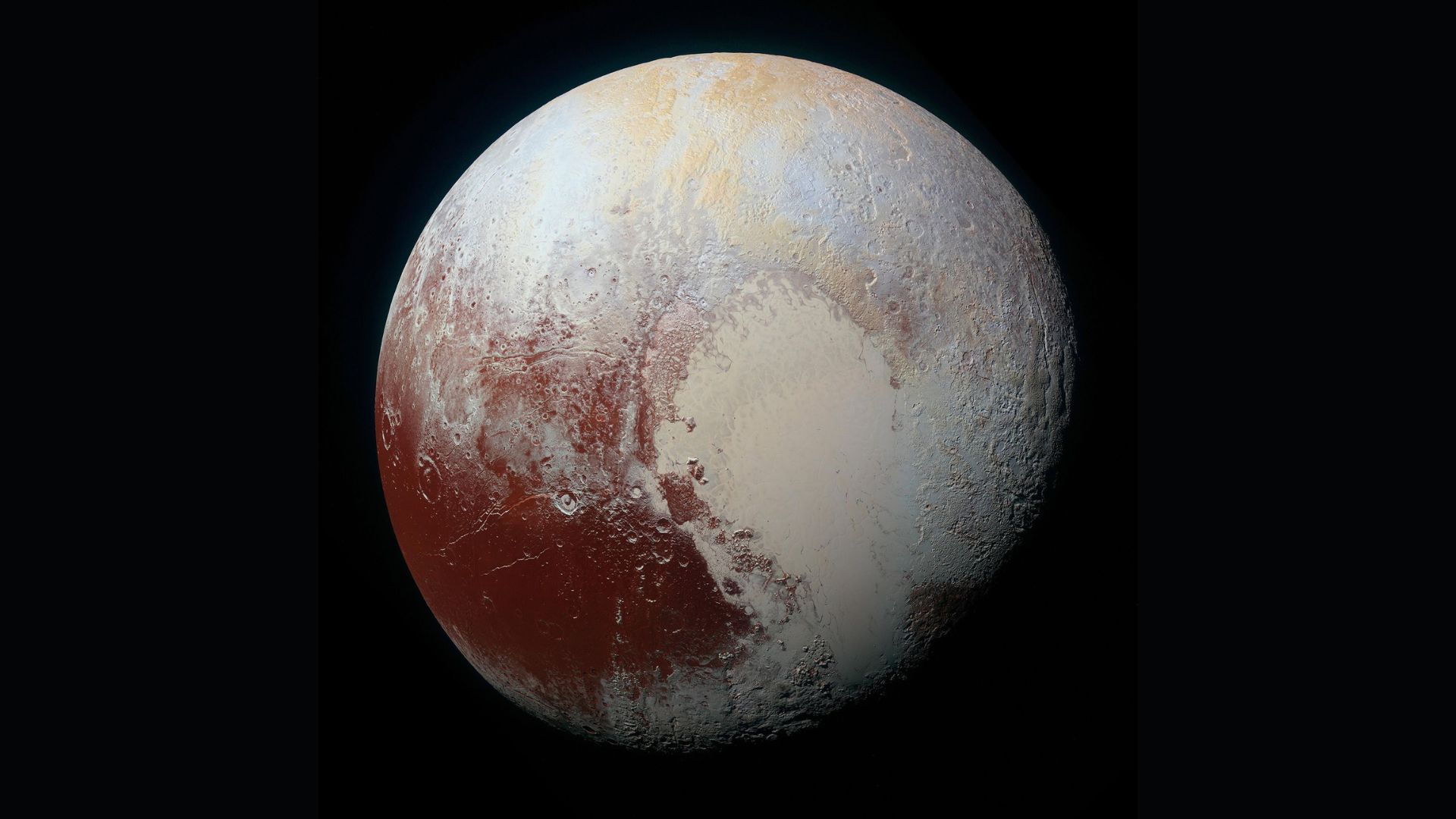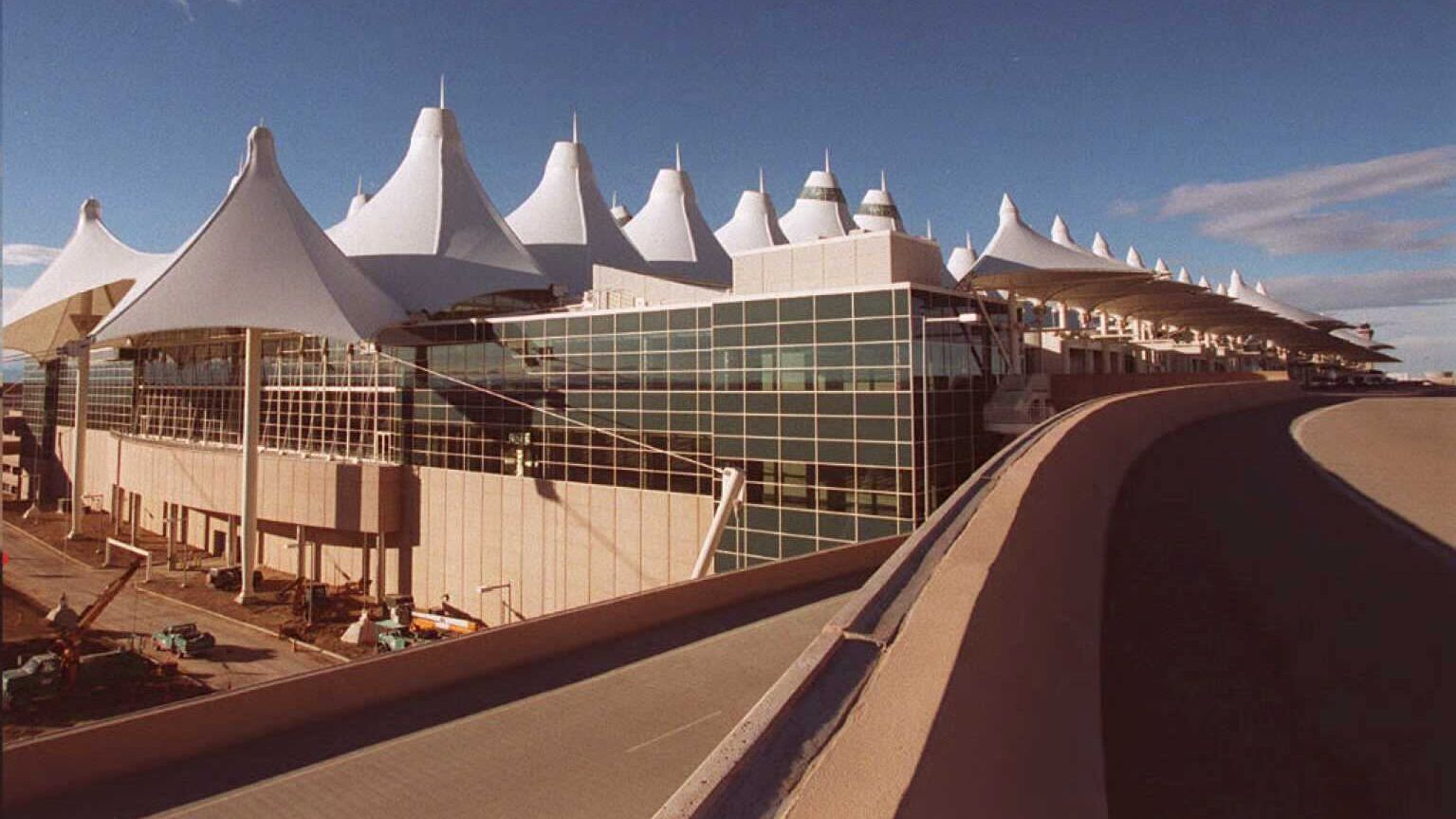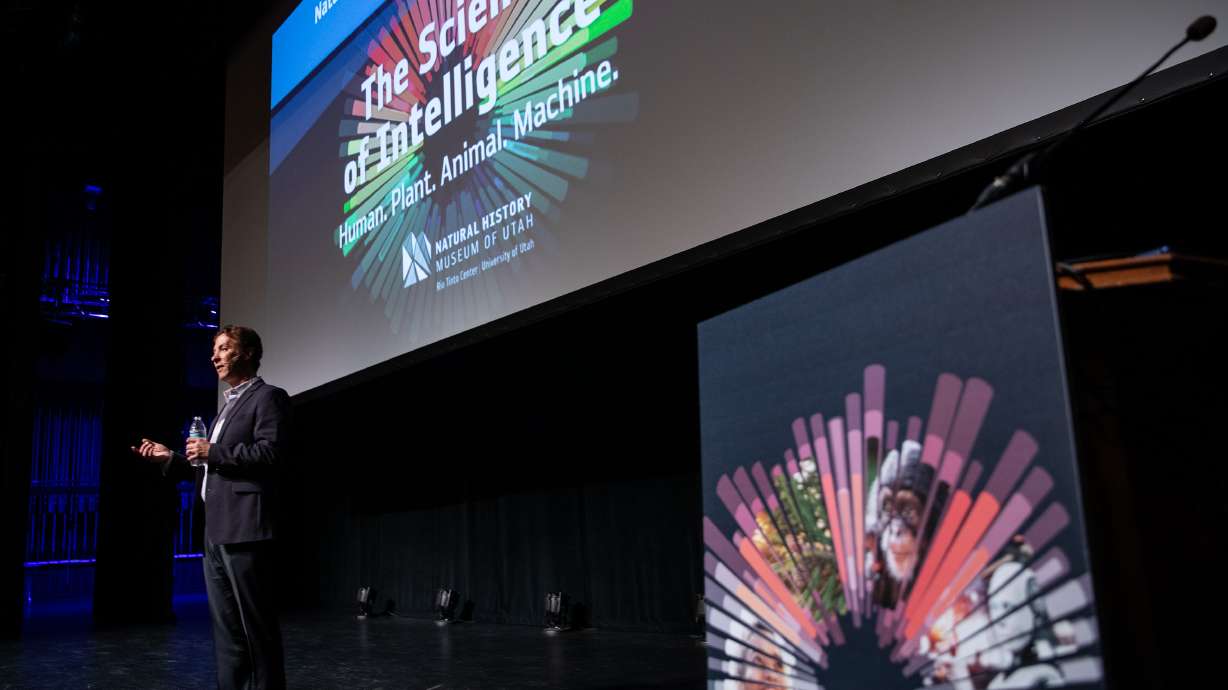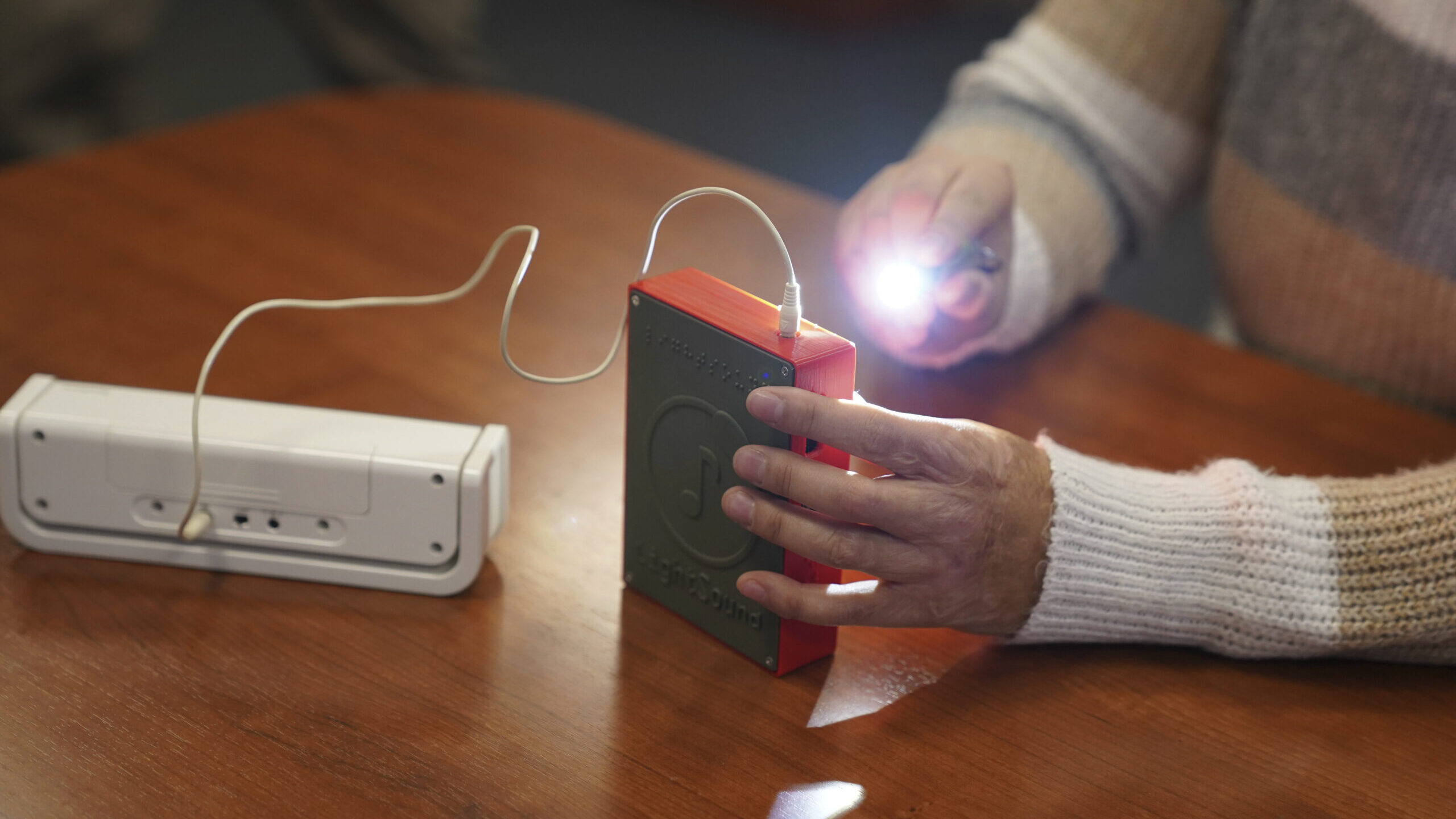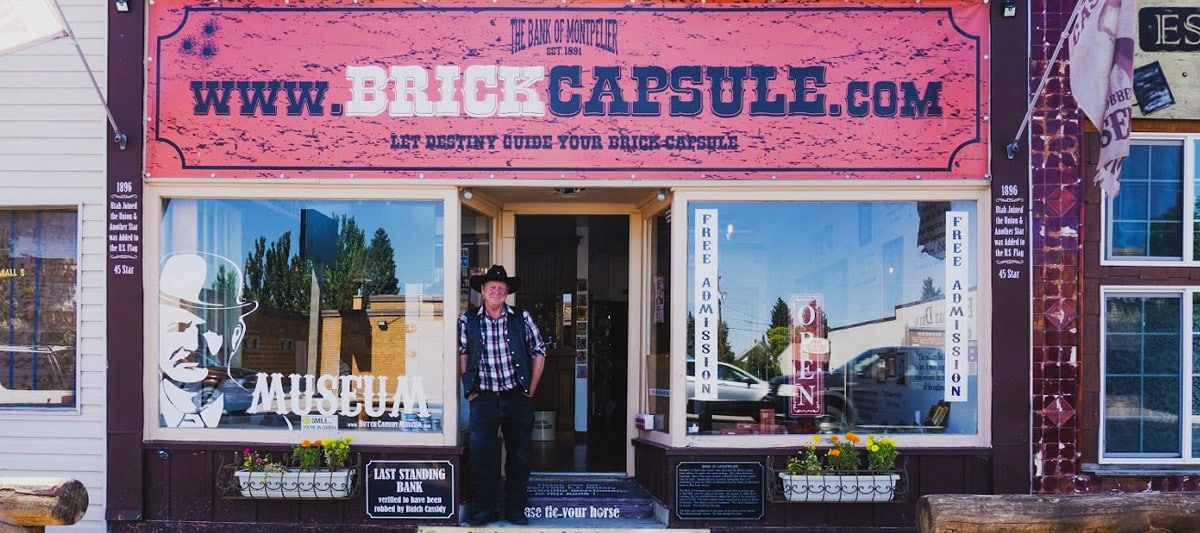Can the average Utahn afford to go solar?
Aug 8, 2022, 6:00 AM | Updated: Aug 10, 2022, 5:03 pm
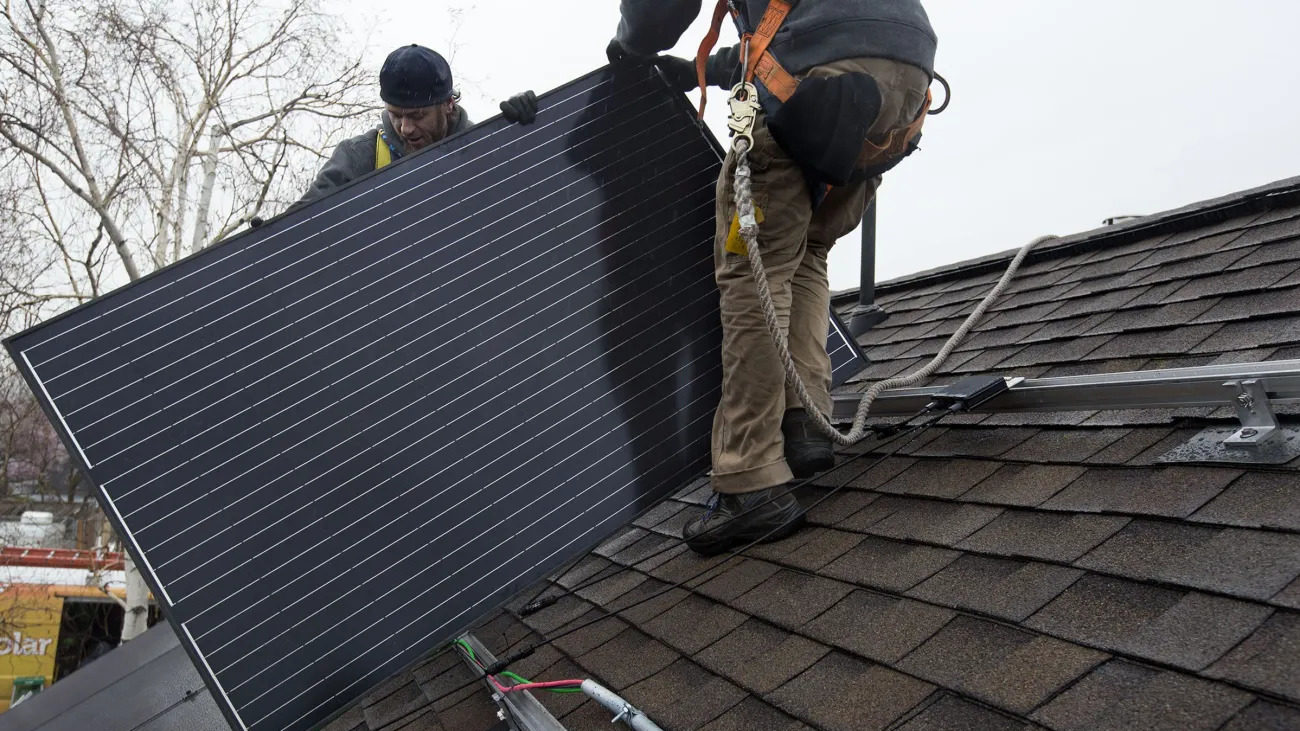
Energy will be a leading force for the U.S.'s economic growth. (Laura Seitz, Deseret News)
(Laura Seitz, Deseret News)
Editorial note: This story has been revised to more accurately reflect the cost of a completely installed solar photovoltaic system.
SALT LAKE CITY — With power bills going up around the country, more and more people are investigating the option of going solar. When you add in federal and state incentives, is it affordable for the average Utahn?
Let’s take a look. The Solar Energy Industries Association says the cost of a completely installed solar photovoltaic system has come down 60% since 2011. “The average out-of-pocket cost of residential solar panels in Utah is around $50,000,” Matt Anderson, Director of the Utah Office of Energy Development, explained “and we have seen a significant reduction in the price of solar panels. However, with supply chain issues, we’re seeing them go back up.”
Federal rebates for solar
So, we start with $50,000 as an average cost for residential solar in Utah, but then there are incentives. The federal tax rebate is “26% of the cost of the system that’s installed between 2020 to 2022,” Anderson said. “However, that is going to decline to 22% for systems installed in 2023.”
Impact of the Inflation Reduction Act
However, the Inflation Reduction Act would have an effect on that. It would bring the rebate “up to 30%, which it used to be in years past. So, it would raise it significantly.”
For purposes of this exercise, let’s assume the 26% 2022 rebate is in effect. If your system is $50,000, you get a federal rebate of $13,000 in year 2023. But that’s not all.
State rebates for solar
“For the state of Utah,” Anderson continued, “we do offer a one-time, nonrefundable tax credit that can be rolled over for four years. That is based on the year of installation. Right now, we offer up to 25% of the cost of the system or $800, whichever is lower.”
Now you’ve got a $13,800 total rebate, and the cost of your system is, after rebates, $36,200.
That number is still way out of reach for many Utahns, which is why communities like Salt Lake City are launching cooperative programs like Solar Salt Lake. “This program is helping to achieve Salt Lake City’s goal of moving towards 100% renewable energy for our community electricity supply by 2030,” said Mayor Erin Mendenhall. The program makes it easier for Salt Lake residents to install solar on their homes through discounted bulk pricing.
Incentives for EVs
Another consideration is the added incentives for the purchase of electric vehicles. The Inflation Reduction Act offers up to $7,500 toward the purchase of a new EV and up to $4,000 toward the purchase of a used EV. If you plan on purchasing or already own an EV, powering your vehicle with your own solar panels instead of relying on a higher electric bill makes more sense, if you can afford it.
Related: New report says electric vehicles could prevent deaths, improve health
One final idea to consider, if you have DIY skills, is purchasing the solar panels and installing them yourself, perhaps saving the more difficult electrical parts for a licensed electrician.
This would require you to go through the permitting and other required steps yourself, but you could save as much as half on the total cost. A cursory search of the cost of solar panels for an average size house shows the cost of the panels themselves to be approximately $23,000, depending on the amount of electricity you use each month.
Maybe another unforeseen advantage of EVs is they can power your house if your electricity is ever out.


